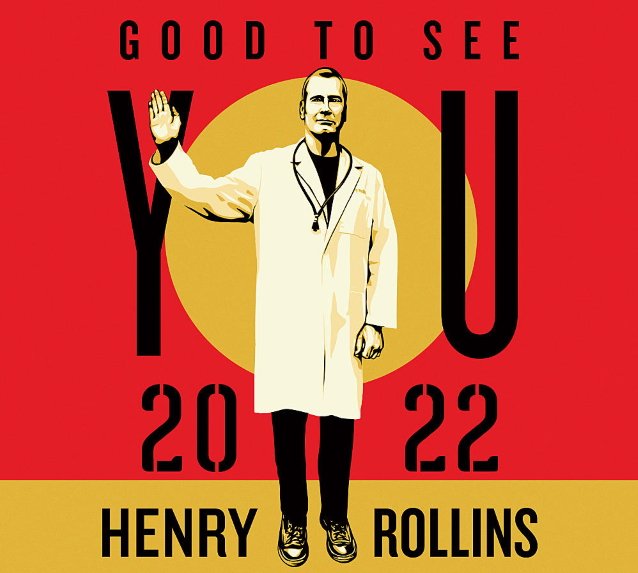
Knockout City may feel like the kind of awful catchphrase a politician might utter in a tragic attempt to seem in touch with young people, but here it’s EA and indie designers Veland Studios pulling their own ‘How Do You Do Fellow Kids’ with a futuristic take on dodgeball.
A futuristic take that’ll look immediately familiar to fans of Splatoon and Jet Set Radio, with a world packed full of inoffensive graffiti and forgettably generic hip hop beats. It’s all highly sanitised, no doubt born out by the same kind of groupthink that created Poochie in that episode of The Simpsons, and the character models all have that weird smug, dead-eyed Fortnite quality to them too, like Action Man went MIA en route to a Pixar audition.
But as generic as the setting and character design feels, the gameplay is tight, competitive and alarmingly addictive.
At first, it feels as simplistic as you’d expect for a game based on the age-old pastime of smashing people in the face with a ball. Aiming is automatic, and throws lock onto targets with the unnerving aim of an anti-aircraft missile.

The trick is that anybody facing a ball can catch it if they time it just right, something which the thrower can avoid by charging their shots for longer, adding spin, lob or faking out with a last-second dummy. You can also leave your opponent looking stupid by switching to a pass, and letting your teammate tonk them in their unguarded back. All very satisfying.
So far, so grounded in reality, but Knockout City does a good job of ensuring you can’t just replicate the experience in your local park with one significant party trick which is so odd, I wish I was a fly on the wall at the brainstorming session from which it escaped. This is a future where stretches and yoga have clearly become mandatory and competitors can roll into balls, hedgehog style, ready to be hurled at unsuspecting opponents. This isn’t just a last resort to be deployed when you can’t see a dodgeball lying around, either. If the throw is charged enough, the ball/teammate hybrid becomes an explosive airstrike, locked on by the projectile player in mid-air.
Alongside weaponising your teammates, there are also a whole host of special balls dotted around: a rugby ball that can be used for deadly long-range throws, an explosive ball that’s pretty self-explanatory, and a cage ball that locks whoever it hits as a slow-moving ball, either to be thrown or attacked directly. All of this locks in nicely with the small but varied set of maps, which each come with their own environmental hazards and quirks that keep things interesting.
And for someone that spent an inordinate amount of time in the dodgeball minigame in 2006’s Bully, it’s actually incredibly moreish. For something that initially seems so simple, the difference between taking on a good or a bad team is stark, and there’s a palpable sense of panic when you’re dealing with a tense game of catch with an opponent – especially if outnumbered, when your teammates inevitably leave you high and dry.

For that reason, it’s well worth teaming up with friends, rather than strangers – although the game’s insistence on a rotating limited-time set of game mode ‘playlists’ is downright infuriating. At the time of writing, there’s only one 4v4 game mode available, and it removes balls completely, forcing you to throw teammates instead. It’s just not that satisfying, and while there’s the ability to have private lobbies with unbalanced teams of up to four per side, the maps feel too spacious for anything less than six players, making this option feel a bit poorly thought through. Equally, I can’t see the 1v1 matches getting much long-term love at all: without the teamwork, it just feels like a souped-up version of rock, paper, scissors, as you try to figure out which attack your opponent will use next, and counter appropriately.
Still, in the standard 3v3 lobbies, it’s a chaotic hoot, as the best laid plans frequently fall apart. It’s well made, enjoyable to control and impressively well balanced for a game that relies on unspoken teamwork a lot of the time.
You’ll definitely find yourself saying “just one more go” a lot, although that’s partly down to the constant sugar rush of XP and daily challenges the game peppers you with. While there’s no pay-to-win mechanics at the moment, it’s hard not to look at the in-game shop for player customisations as a cynical way to grab money from players. In-game currency is awarded pretty liberally (at least early on anyway), but, sure enough, extra bucks are available to buy for real-world money as well. It feels cheap in a game that, at the time of writing, isn’t free to play.

Actually, it’s a bit more complex than that. In an uncharacteristically generous move, EA has made the game free to try for the first ten days (you have until May 30 to give it a go yourself), after which it’ll cost a surprisingly fair £17.99 to buy. Plus, it’ll remain free on EA Access and Xbox GamePass. That, combined with the cross-platform play between PC, PlayStation, Xbox and Switch means that lobbies are packed and you’re never left waiting too long for a game.
That certainly makes it worth trying if you have a spare couple of hours between now and the weekend. It’s a strong basis for a more complete package, and hopefully enough players have been sold on the concept to make it worth EA’s time fleshing out the concept. If they are, I look forward to smacking people in their smug cartoony faces with dodgeballs for many months to come.
Knockout City is available now, free to play until the 31st May. We reviewed the game on the PlayStation 5 but it’s also available on Nintendo Switch, PC, and Xbox Series X|S
Our Verdict
Knockout City might seem generic at first glance but beneath the plasticky models and Fortnite-esque visuals, there’s a tense game of cat and mouse that’s oddly compelling.
Many people will be put off by the visuals, but this is a competitive shooter at its core, and it could be one of the more interesting releases to have surfaced this year.
Pros
- Tight gameplay and hugely addictive
- Simple to pick up with surprisingly deep mechanics
- Competitive price (and free on Game Pass)
Cons
- Enforced game mode limitations
- Bland character design
- Additional (optional) microtransactions
The post Knockout City review: by the numbers multiplayer done right appeared first on NME.








